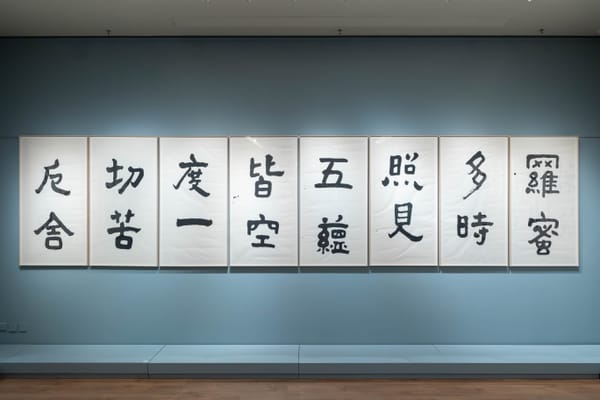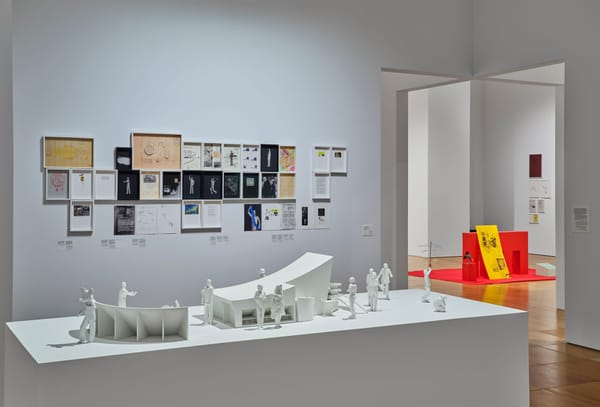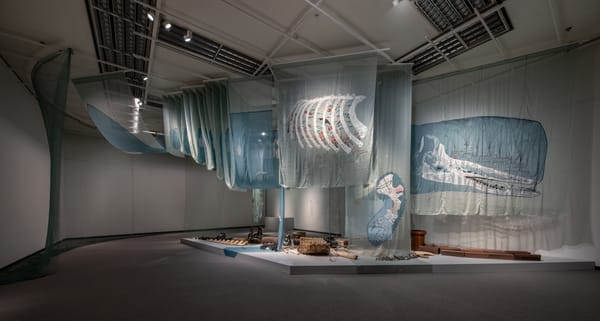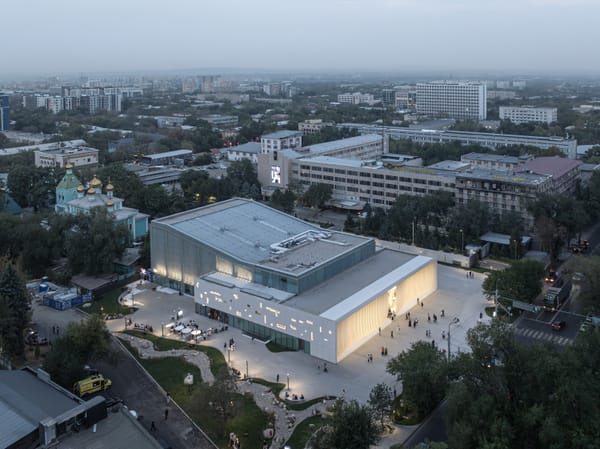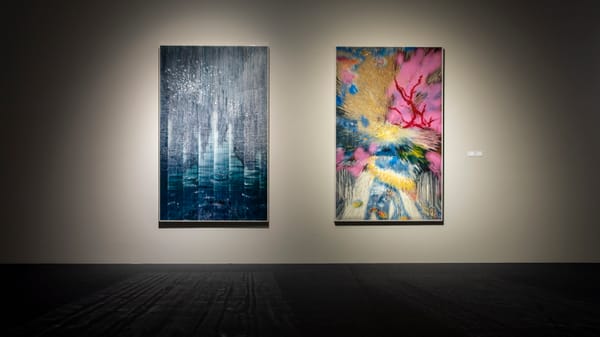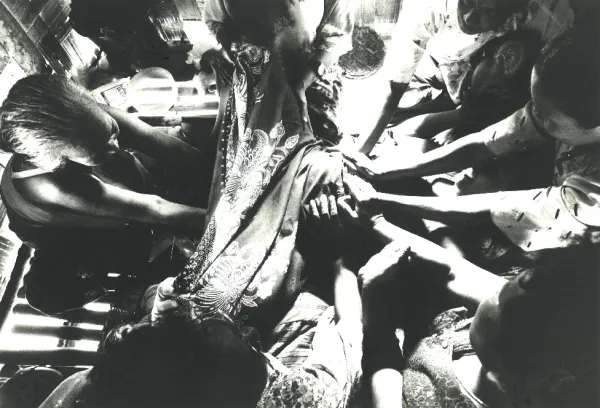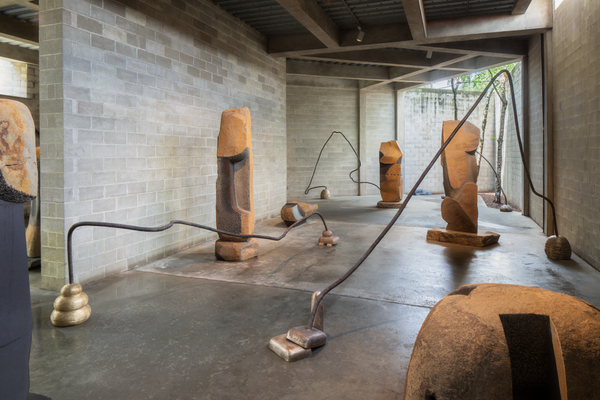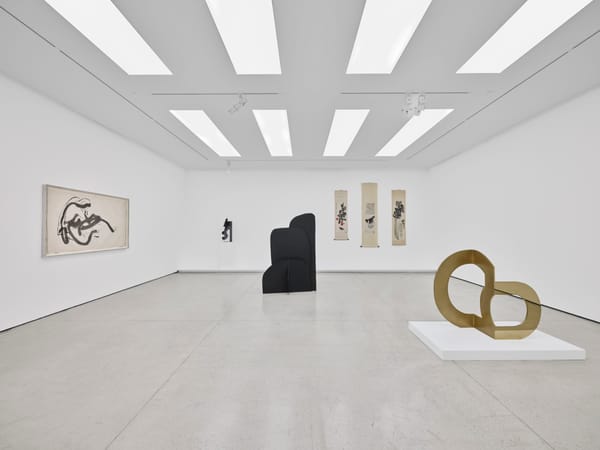Shows
Ha Bik Chuen’s Motherboards and Collagraphs
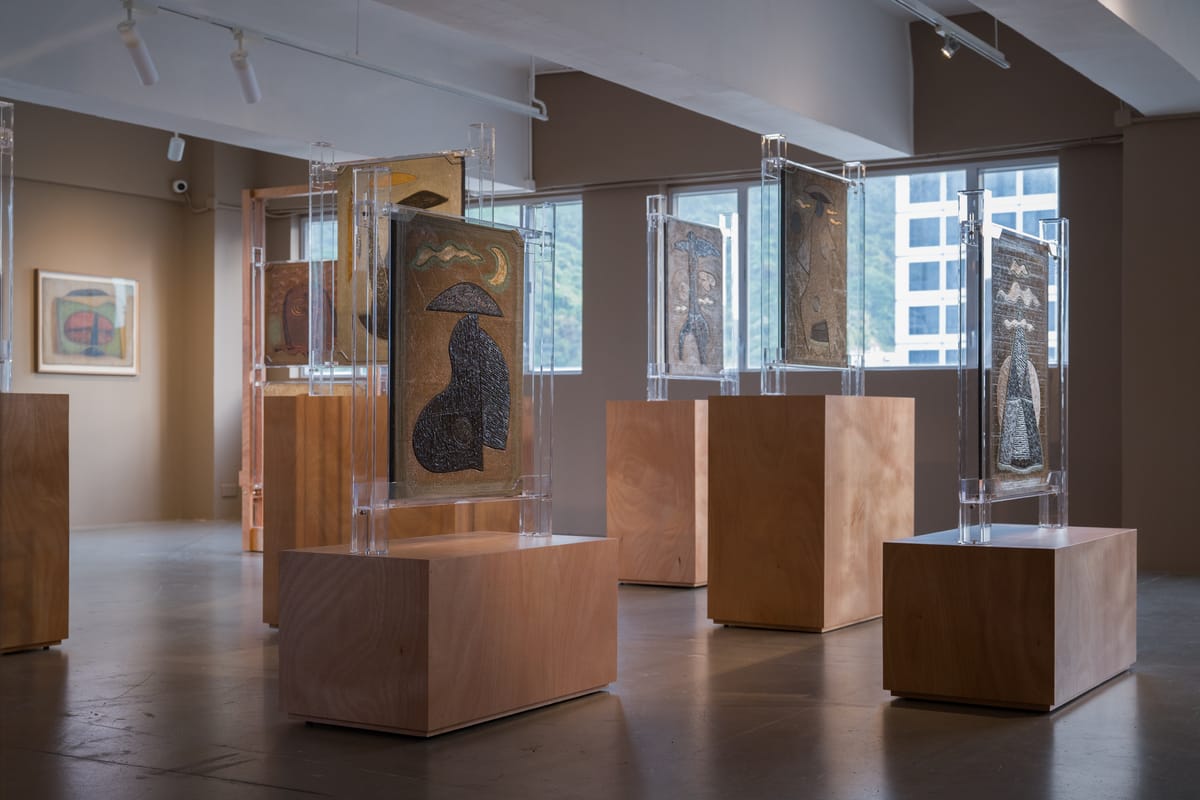
Reframing Strangeness: Ha Bik Chuen’s Motherboards and Collagraphs
Para Site
Hong Kong
May 10–Aug 24, 2025
“Reframing Strangeness” at Para Site was modest, unassuming, yet quietly historic—the first comprehensive survey of the singular printmaking practice of the late Hong Kong artist Ha Bik Chuen (1925–2009). Born in Xinhui, Guangdong, Ha settled in Hong Kong in 1957 and became known for his ubiquitous presence at—and, from the 1980s onward, his meticulous, bordering-on-obsessive photo documentation of—art exhibitions and events. His extensive photographic materials, along with his encyclopedic collection of exhibition pamphlets, art magazines, periodicals, and collaged scrapbooks, have been posthumously digitized and placed in M+, the Asia Art Archive, Hong Kong Baptist University, and the University of Hong Kong. For the past decade, research and exhibition efforts have concentrated on the Ha Bik Chuen Archive, while the cataloguing of Ha’s own artworks in his studio, which he kept largely private during his life, remains ongoing. The endeavor recently unearthed over 100 previously unseen original collagraph plates from the 1970s to ‘90s—a discovery that shifted the focus from Ha Bik Chuen the documentarian to Ha Bik Chuen the artist.
He called them “motherboards” (母版; mu ban), a term phonetically reminiscent of “printing mold” (模版; mu ban) in both Mandarin and Cantonese. By suggesting that the “mother”-boards “birthed” the collagraphs, Ha bestowed the plates a primary, foundational status—a captivating blend of collage, mosaic, marquetry, and relief sculpture, they are as much humble printmaking tools as they are exquisite works of art in their own right. Growing up in poverty, Ha had no formal artistic training and pursued an entirely self-taught practice in the 1960s while running various craft businesses, among them a paper flower factory. Making art after work, he custom-made his boards from found materials and detritus: disused wooden crates, jute bags, copper plates discarded by printing factories, sawdust, and leaves gathered locally or during trips to Macau. The boards’ creation involved labor-intensive and often makeshift methods, showcasing both nimble resourcefulness and an intuitive proficiency in manipulating both organic and man-made materials.
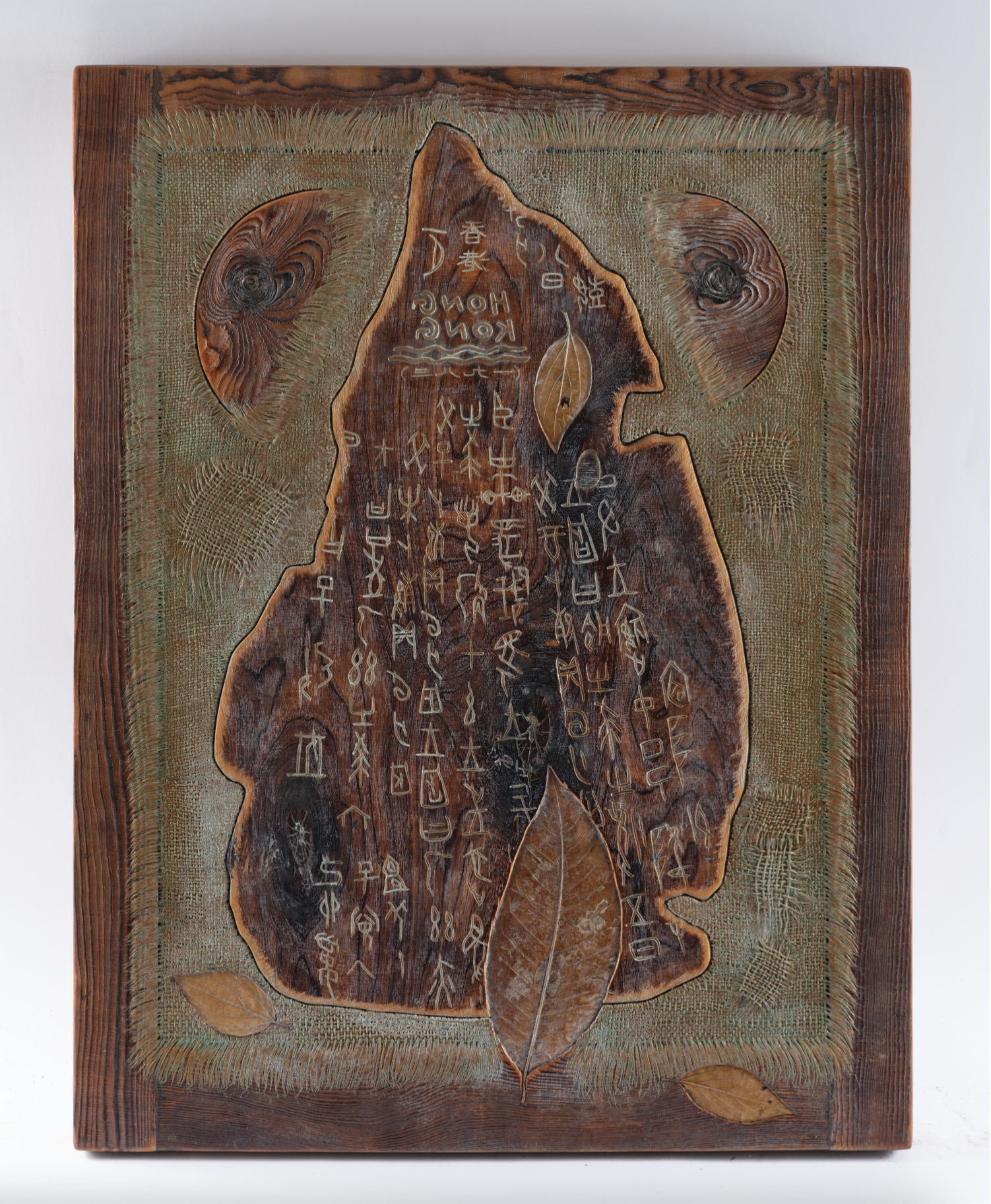
Formally, the works are a whimsical amalgamation of European modernist sensibilities (think Picasso’s assemblages, Matisse’s cut-outs—imagery that permeated mid-20th-century colonial Hong Kong through exhibitions as well as books and magazines, which Ha collected, devoured, cut from and collaged into handbound volumes) and Asian motifs (bamboo furniture, wispy clouds in the style of literati painting). Earlier boards from the 1970–80s reveal a deliberate, self-conscious intention to position himself as an Asian artist within the global context; in From Ancient to Modern (1983), a wood slab inlaid in rattan and dried leaves is inscribed with oracle bone script and engraved with “Hong Kong” in both Chinese and English. Later works featured freer, more fluid imagery; in Recluse (1995), three doves hover over Le Corbusier’s chapel Notre Dame-du-Haut against a setting sun. Two pieces of irregularly shaped wood constitute the roof, their sinuous grain accentuating the gentle arcs of the downward-sloping canopies. Reminiscent of lungs, or the tapered strokes of the Chinese character ren (人; “human”), the modest slabs embody the breath and soul of the tender tableau.
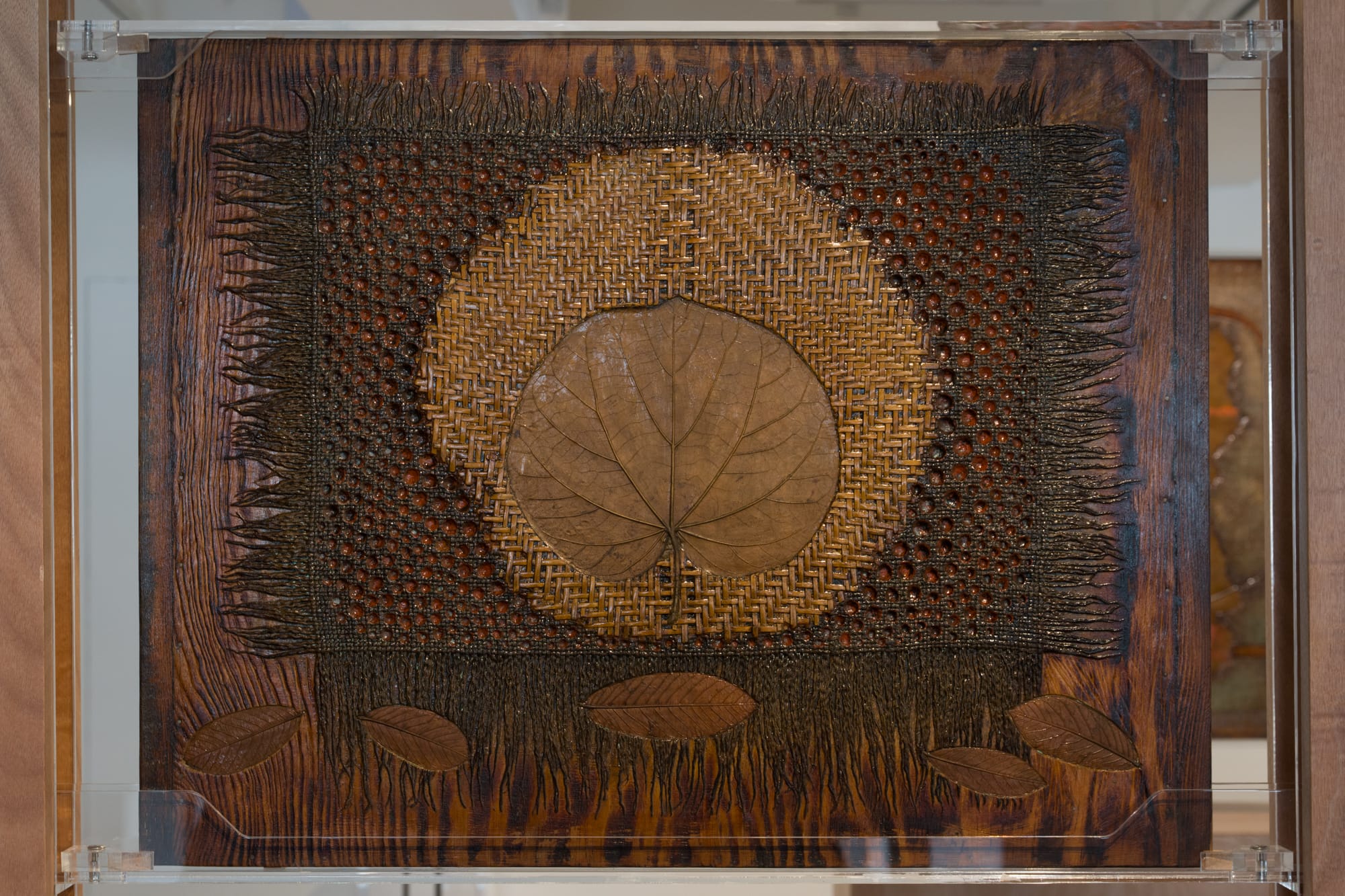
In Composition / Dream of Leaf (1975), an inset leaf is haloed by a gold expanse of liangxi (“cooling mat”), a traditional Chinese sleeping mat woven from split bamboo. The material summons childhood memories of waking from afternoon naps, with stitched bamboo patterns—evidence of sweet slumber—imprinted on our cheeks. In Ha’s composition, the liangxi framing the leaf is itself sutured into a jute mat, whose frayed tassels, glued to the wooden support and sealed by industrial lacquer, merge seamlessly into the timber’s natural grain. The motherboards’ rich tactility and layered, composite nature articulate a vital condition of embeddedness—one that echoes Ha’s deep immersion in the milieu of his time. If Ha’s archive embodies his situated presence, then his motherboards, with their intricately stratified structures, reveal the depth of his unique vision that distilled material and cultural histories into poetry.
This review is featured in our forthcoming 145 issue (Sep/Oct).
